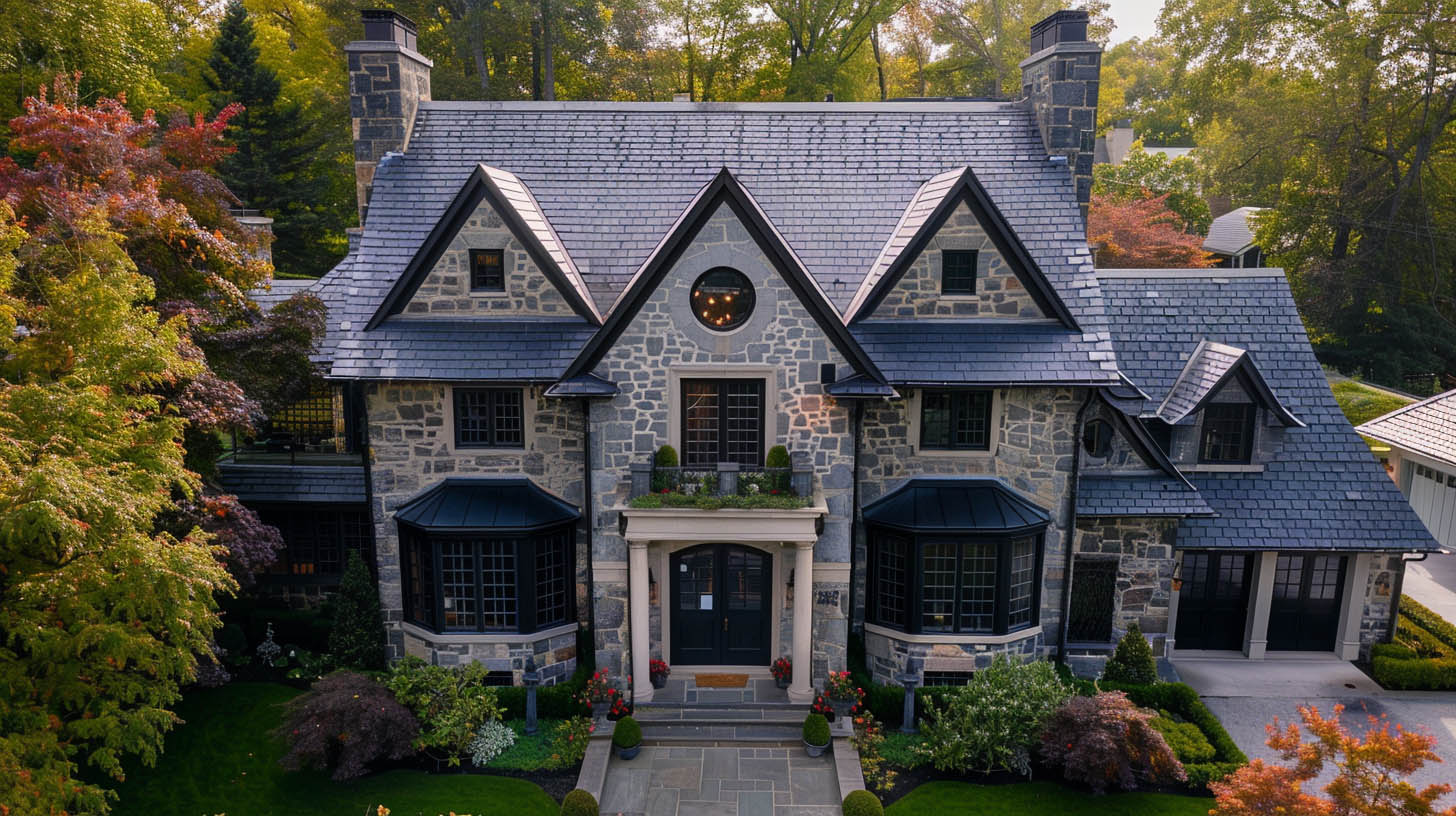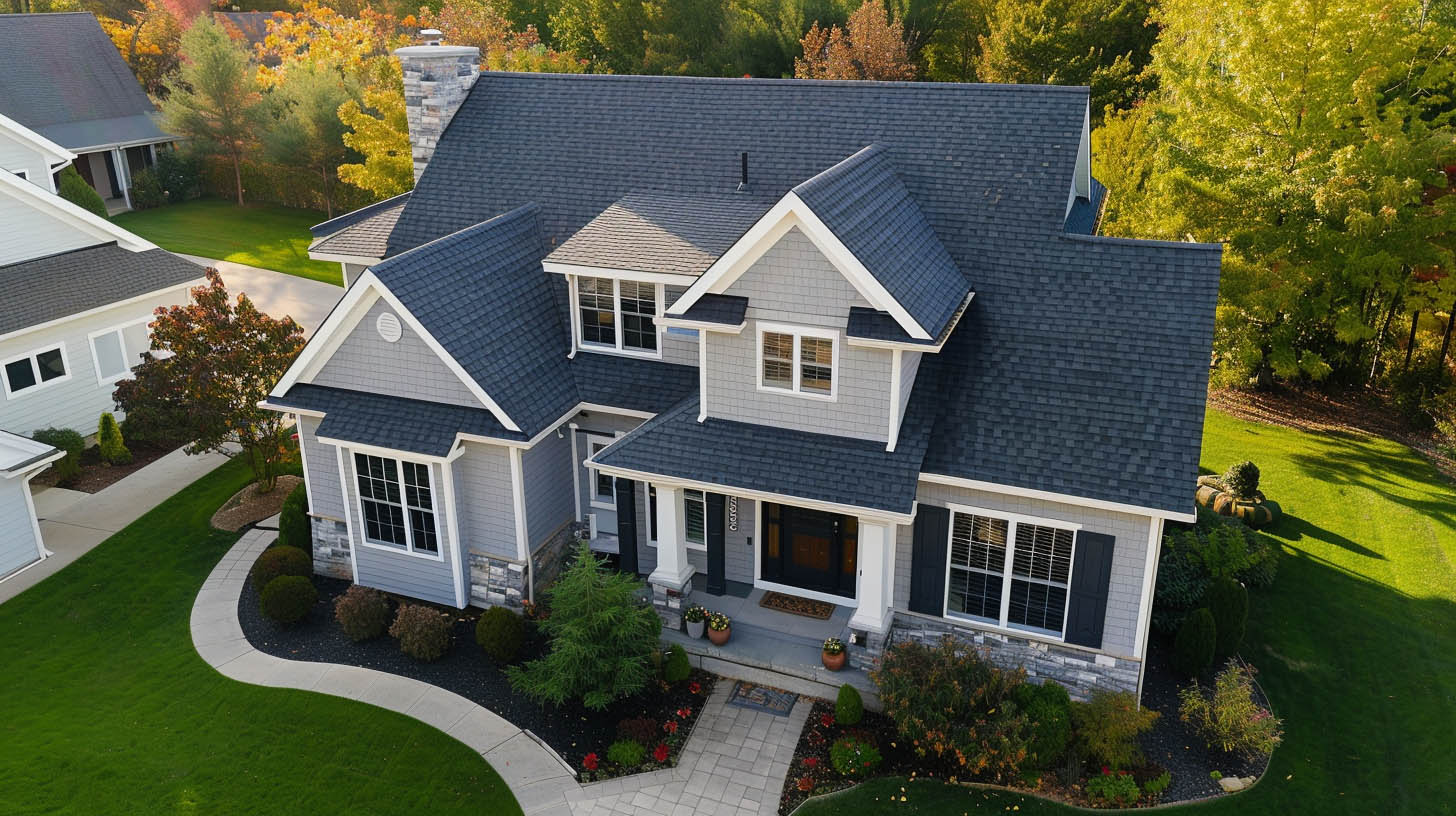 If you encounter a problem with your Pittsburgh roofing, it can help to acquaint yourself with all the proper terminology and definitions. That way, when you get in touch with a roofing contractor in Pittsburgh, PA, you can precisely and accurately explain the problem.
But it can take time to get to grips with all the different terms. So to help you along your way, here’s a list of common roofing terminology and definitions.
If you encounter a problem with your Pittsburgh roofing, it can help to acquaint yourself with all the proper terminology and definitions. That way, when you get in touch with a roofing contractor in Pittsburgh, PA, you can precisely and accurately explain the problem.
But it can take time to get to grips with all the different terms. So to help you along your way, here’s a list of common roofing terminology and definitions.
 If you encounter a problem with your Pittsburgh roofing, it can help to acquaint yourself with all the proper terminology and definitions. That way, when you get in touch with a roofing contractor in Pittsburgh, PA, you can precisely and accurately explain the problem.
But it can take time to get to grips with all the different terms. So to help you along your way, here’s a list of common roofing terminology and definitions.
If you encounter a problem with your Pittsburgh roofing, it can help to acquaint yourself with all the proper terminology and definitions. That way, when you get in touch with a roofing contractor in Pittsburgh, PA, you can precisely and accurately explain the problem.
But it can take time to get to grips with all the different terms. So to help you along your way, here’s a list of common roofing terminology and definitions.


